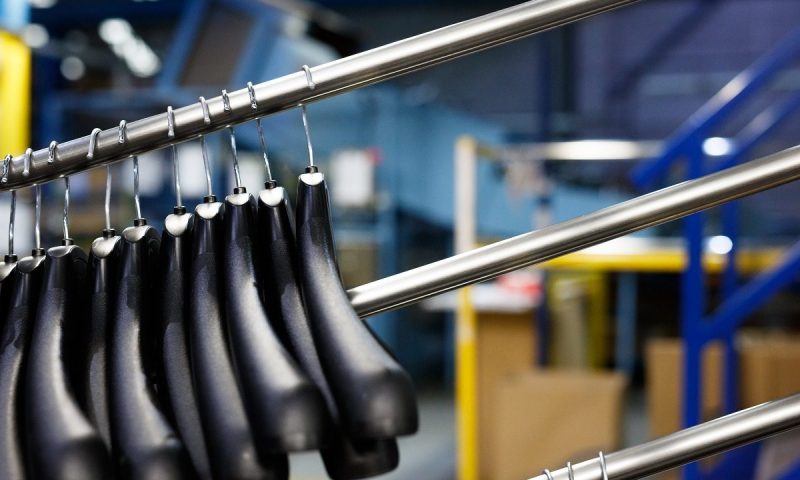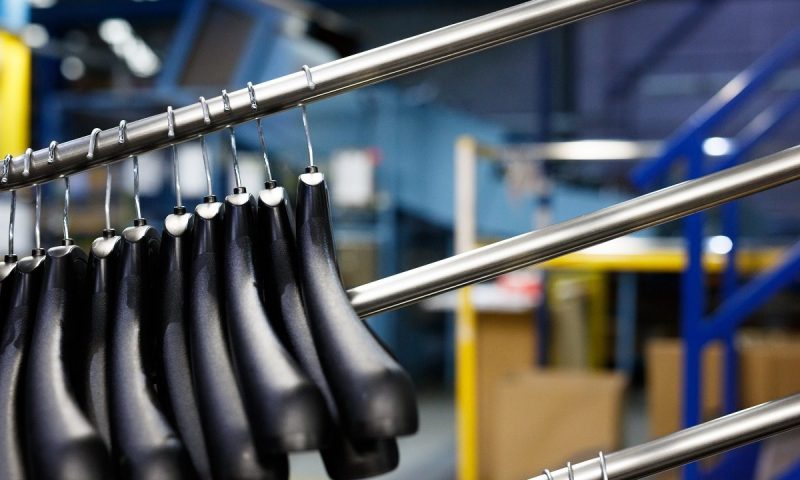
The war on single use plastics has stepped up a gear. Since the shocking images from the BBC’s Blue Planet were beamed across living rooms last year, the public clamour for a solution to reducing single-use plastics waste has grown louder than it has ever been.
For the fashion retailers, ‘sustainability’ and ‘circularity’ have been watchwords for many years now. We have seen some of the biggest high street names embedding sustainability into their business models, such as M&S with their Plan A initiative. H&M, ASOS, Inditex – three of the biggest names in the fashion sector have also joined more than 100 other fashion names in signing up to the 2020 Circular Fashion System Commitment, a promise to make their processes more sustainable in the years ahead. More and more companies have become signatories to the UK Plastics Pact.
Whilst big steps are being made to address the level of waste accumulated in the retail sector, there is one critical part of the supply chain which continues to have a significant impact on the build-up of plastics at landfill sites around the world. We all have dozens of them stashed away in our wardrobes at home but too often they are simply overlooked. Yet in years to come the garment hanger may well be talked about in the same terms as the plastic carrier bag is now.
Did you know that, staggeringly, hundreds of millions of plastic hangers end up in landfills each year?
The retail industry has both a responsibility and an opportunity to change this, and it is doing so. We are now seeing more names work with their supply chain partners to look beyond the old ‘make, take and dispose’ model across all of their products, including garment hangers. As customers demand change, more retailers are in a position to put pressure on their supply chain partners to invest in the technology and business models that are restorative, reusable and regenerative.
In the case of garment hangers, this comes in the form of the provider developing automated systems, as well as efficient delivery and collection logistics that creates a supply chain loop where all hangers are reusable. This process produces 70% less pollution than the traditional hanger manufacturing process.
The hangers can be specially designed to go through the re-usable cycle many times and still be fit for purpose in-store. Of course, there comes a time when the hangers come to the end of their usable lives; being either broken or obsolete. But even then, these hangers do not need to be put into landfill. They should be recycled and the raw material can then be used in the production of new hangers to put into the reusable cycle.
Reusable garment hangers are also an example of how the circular economy can deliver great benefits for the environment and businesses at the same time. As the world shifts towards a circular economy, the reuse model will help retailers to eradicate waste from hangers all together. It will also reduce the costs of each hanger when compared to the old manufacturing model. Reuse programmes are also more cost effective for retailers versus one way or recycle and usually present duty savings as well. It is a win-win change for retailers.
As the public fight on plastic waste intensifies, it is only a matter of time before the spotlight turns onto retailers’ shopping rails, and then hangers are brought into the debate. The retailers who stay ahead of the debate will be the ones who truly consider the circularity of their supply chain and demand that their suppliers are as hung up as their customers are on plastic waste.
Jim Collingham, head of reuse operations, Braiform

